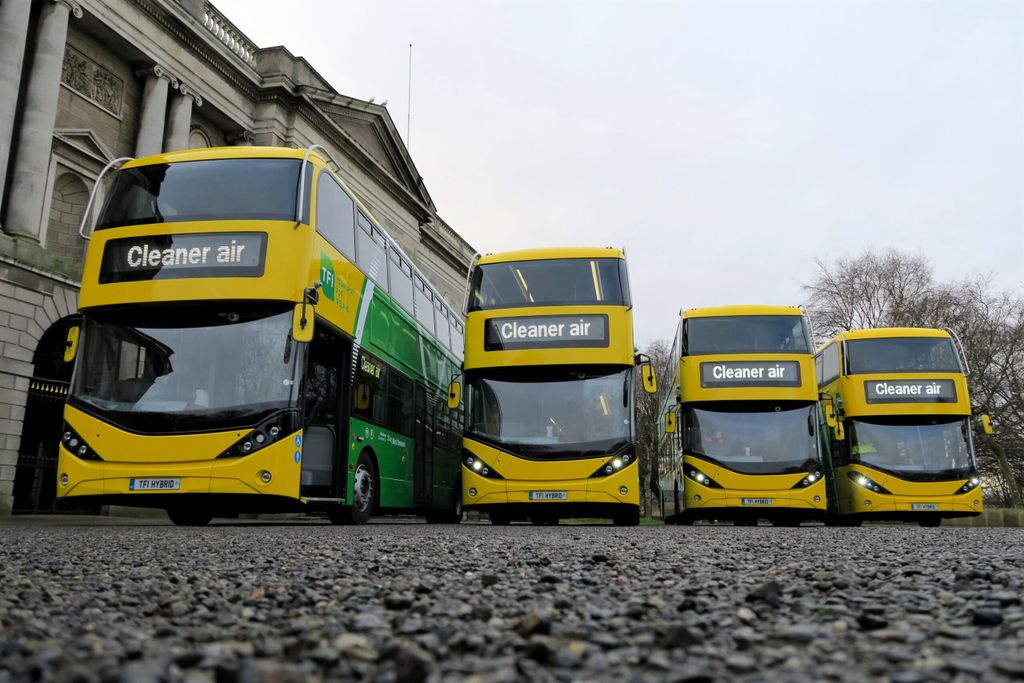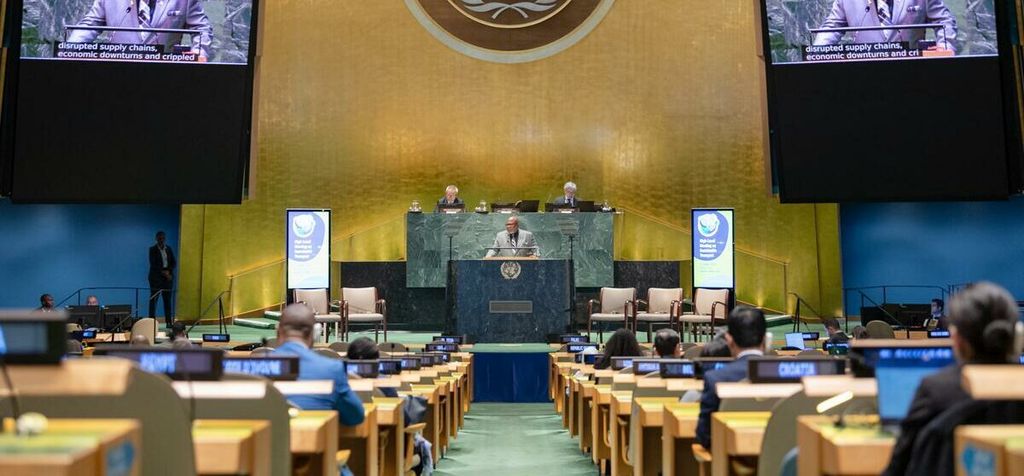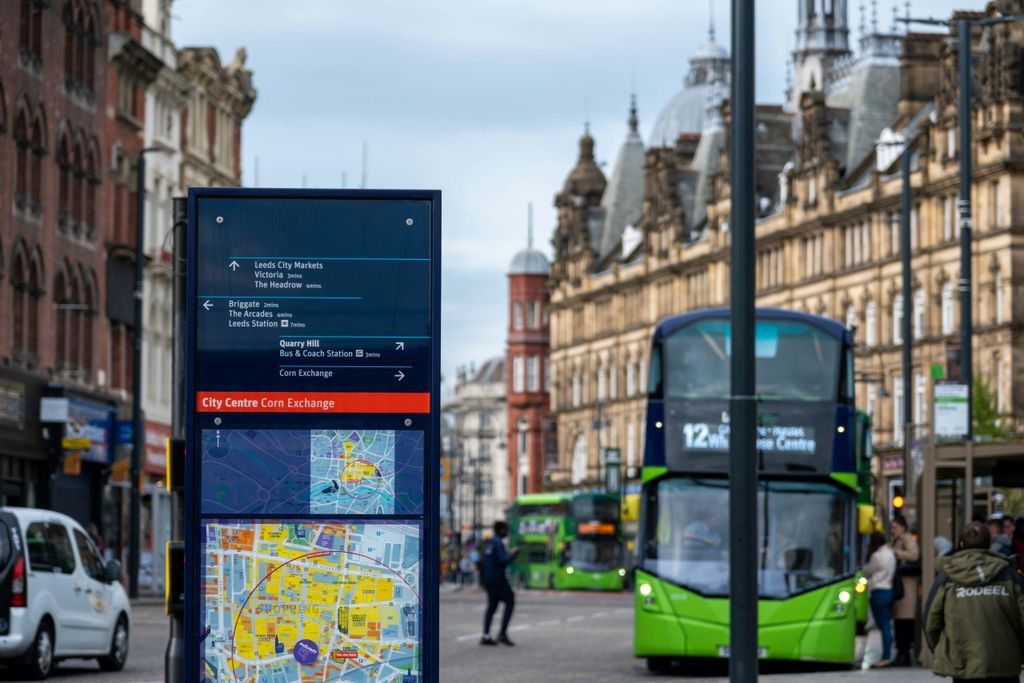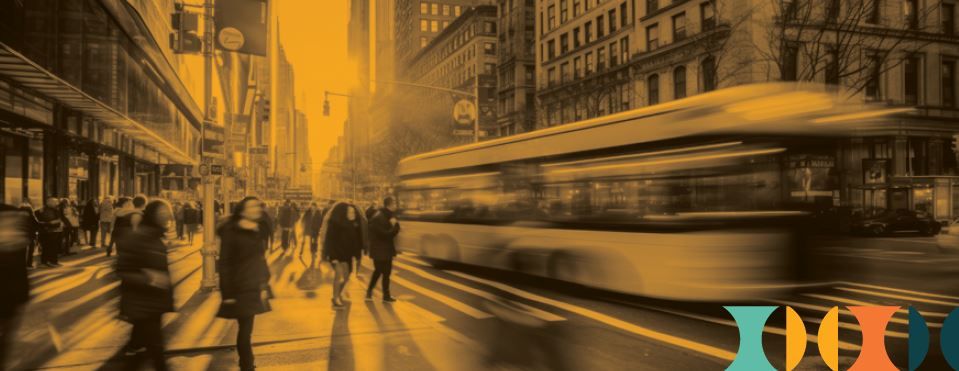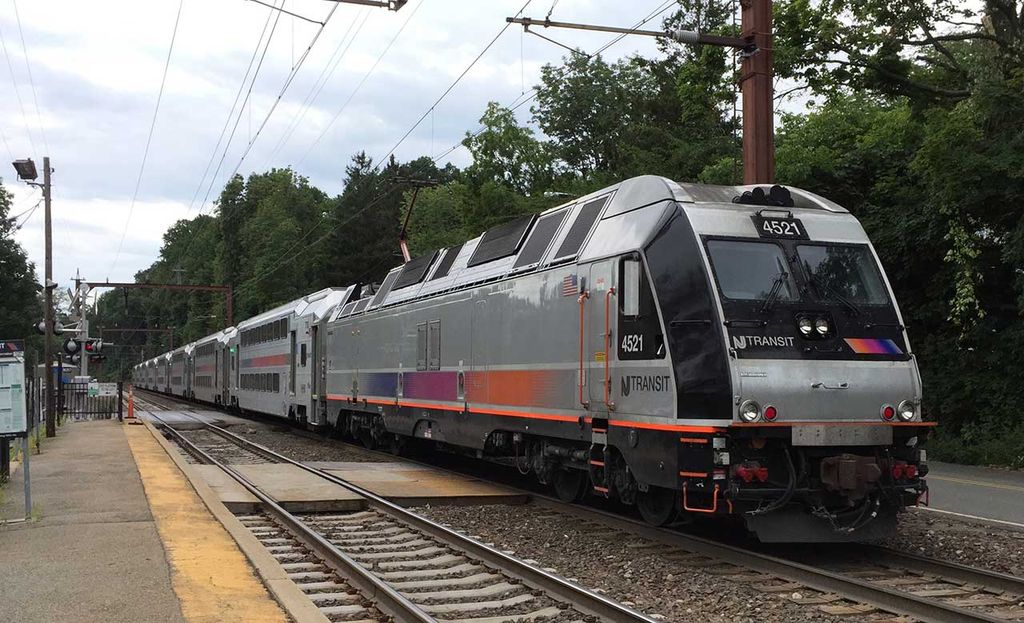
Guardians of Mobility: from the front lines of New Jersey, USA
There are many “unsung heroes” in times of crisis, and we recognise that our public transport professionals are some of them.
Our ‘Guardians of Mobility’, are an integral part of the front liners keeping essential services available throughout the coronavirus pandemic.
Over the course of these past few weeks, we have been sharing stories from our own community on what’s being done to keep public transport operations running around the world, and to shed a little light on our sector’s contribution to fighting this pandemic.
Today, we hear from NJ TRANSIT sharing experiences from New Jersey, USA.
NJ TRANSIT
The United States of America was hit hard by the coronavirus, particularly in areas with high population density. As opposed to a nationwide lockdown to “flatten the curve”, as seen throughout most of Europe and Asia, a scattered state-by-state response to the pandemic has created rippling waves of infection and more uncertainty about recovery.
In New Jersey, the most densely populated state in the USA, most of daily life came to a standstill while the government issued a stay-at-home order (to all except essential workers) in an attempt to fight the spread of the virus in the state. Next to New York, New Jersey has been the second hardest-hit state by the pandemic in the country.
NJ TRANSIT is a state-owned public transport operating system, running a multimodal network within the state, as well as connecting New Jersey with the neighbouring states of New York and Pennsylvania. The public transport operator has worked throughout this pandemic to ensure essential services could remain running, while experiencing a huge drop of 95% in ridership.
“The situation has been evolving rapidly, and we’ve had to be nimble to adapt to new, and often erratic, ridership patterns”, said Anthony Grieco, Senior Vice President Communications & Customer Experience at NJ TRANSIT.
The situation has been evolving rapidly, and we’ve had to be nimble to adapt to new, and often erratic, ridership patterns.
One of the biggest challenges, in addition to the agency’s highest priority of maintaining the safest possible transit system for employees and customers, has been to prevent crowding on vehicles. Bus service, for example, operated on a Saturday schedule at first, but due to an Executive Order that required NJ TRANSIT to limit passenger occupancy on-board vehicles to 50% of the vehicle’s capacity, they recently returned to a modified weekday schedule. This provided almost 2,500 additional trips on a weekday, eliminating crowding on buses and promoting social distancing.
The loss in ridership has naturally led to a drastic loss in revenue. In March, they petitioned the federal government, alongside other transit agencies in the country, for funding. Through the Coronavirus Aid, Relief and Economic Security (CARES) Act, NJ TRANSIT was recently granted $1.4 billion (€1.3 billion) in federal assistance.
“This provided a critical, though temporary, funding bridge to ensure we could continue to provide essential transit services”, said NJ TRANSIT President & CEO, and North American Representative to the Policy Board of UITP, Kevin S. Corbett. “Since our initial request, the public health crisis has significantly worsened. A fuller picture has emerged of the breadth and depth of the financial impacts of the pandemic, leading to our second request on May 12 for additional, and critical, federal assistance along with transit agencies across the country.”
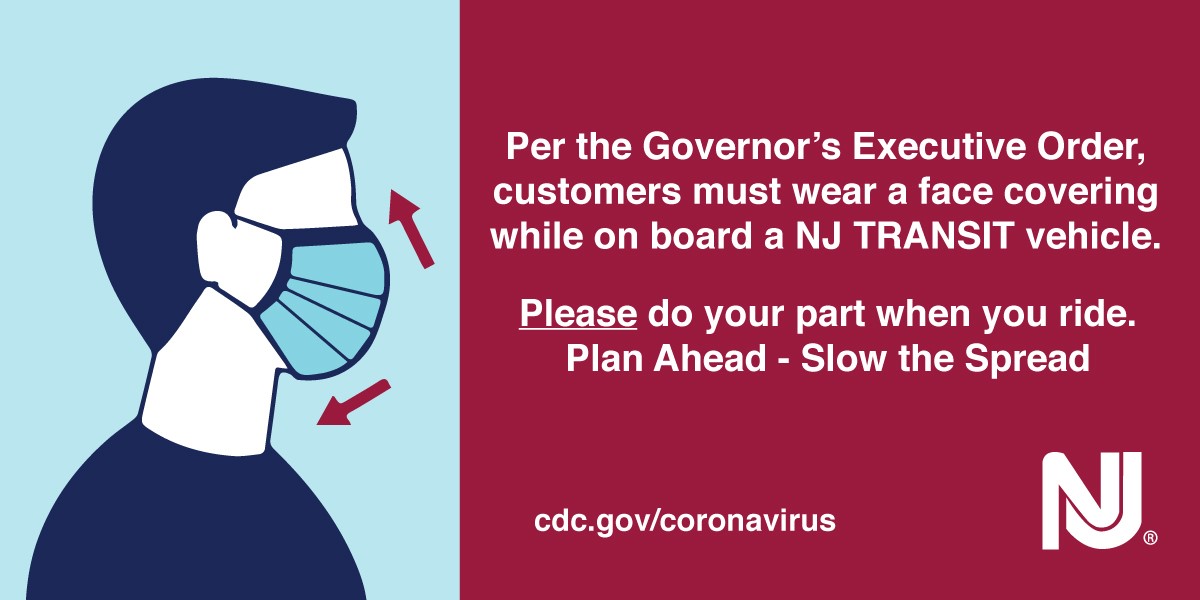
While New Jersey is in the early stages of recovery planning, NJ TRANSIT focuses its efforts on rebuilding confidence in public transport. They have launched several internal and external communications campaigns to spread information about the virus, referring to the state’s department of health website, while another campaign shows customers the protective measures taken by NJ TRANSIT during this period. A third campaign encourages customers to wear their masks while travelling and to download the mobile app for tickets and information.
Their latest campaign focuses on the future: NJ TRANSIT will be the state’s “Ride to Recovery”. While transit operations return to regular service, NJ TRANSIT also plays a critical role as an economic driver for the state’s recovery plan.
Not only do NJ TRANSIT services bring employees to their jobs and connect customers with business opportunities throughout the state and beyond, but NJ TRANSIT itself has committed to over $4 billion (€3.7 billion) in projects planned over the next several years. These projects, ranging from contracts to renovate and reconstruct stations and bridges, to full replacement and restoration projects, will create thousands of new job opportunities and boost the state and regional economy.
We’re still far from reaching the end of this pandemic, but NJ TRANSIT will be there to support the state and its citizens.
Working together with the business community has also been beneficial on both sides. As new business facilities have opened up on routes that are normally less popular, NJ TRANSIT has adapted its bus routes to reach these new destinations more directly.
“While NJ TRANSIT has had a Comprehensive Emergency Management Plan (CEMP) in place since 2014, which is an all-hazards plan, there was no precedent or template for a global pandemic,” said Grieco. “We’re still far from reaching the end of this pandemic, but NJ TRANSIT will be there to support the state and its citizens throughout each step of its recovery, while continuing to take any and all measures to protect the health and safety of our customers and employees.”
Thank you to our Guardians of Mobility in New Jersey for their dedication!
Membership benefits

